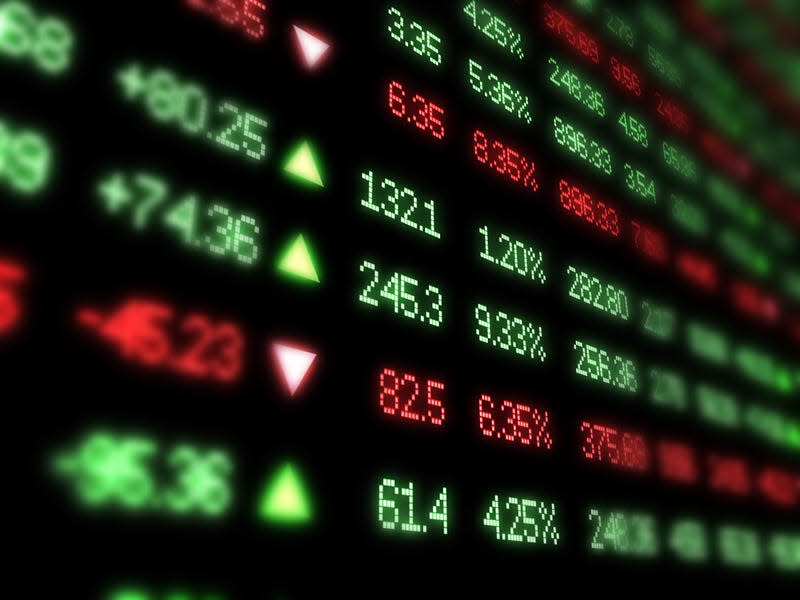The Dow closed above 42,000 for the first time after the Fed's big interest rate cut

The Dow Jones Industrial Average (SPGI) jumped 522 points Thursday and closed at a new record high, as the Federal Reserve’s decision to slash interest rates by 50 basis points gave fuel to markets.
The central bank on Wednesday voted to start its highly anticipated interest rate cutting cycle with an aggressive, half-basis-point cut that brought the federal funds rate to 4.75-5.0%. Fed Chair Jerome Powell framed the cuts as a “recalibration” of policy, given falling inflation and rising employment risks.
While the decision initially boosted markets Wednesday, stocks declined modestly at market close: The Dow ended the day down more than 100 points, while the S&P 500 and the tech-heavy Nasdaq (NDAQ) each lost about 0.3%
But the indices more than made up for those losses Thursday, when the Dow closed above 42,000 for the first time ever. The S&P 500 closed up 1.7% and the Nasdaq climbed 2.5%.
Goldman Sachs (GS) is now forecasting a longer string of consecutive 25 basis-point cuts from November 2024 through June 2025, when it expects the funds rate to end up at 3.25-3.5%. It had previously projected consecutive cuts to close out 2024, followed by quarterly cuts next year.
Bank of America (BAC) is similarly expecting 75 basis points of cuts in the fourth quarter of this year, but expects another 125 basis points of cuts in 2025, for a neutral rate of 2.75-3%.
The Fed also readjusted its economic projections, which now see core Personal Consumption Expenditures, the Fed’s preferred inflation metric, falling to 2.3% this year, from its projected 2.6% in June, and the median for next year to 2.1% from 2.3%.
The Fed’s Federal Open Market Committee adjusted its median unemployment rate projection to 4.4% by the end of this year, and 3.4% at the end of 2025. Powell also noted a median projection of 2% GDP growth over the next few years. The Fed chair said these projections are consistent with lower inflation and higher unemployment.
In August, overall inflation as measured by the Consumer Price Index rose just 2.5% over the past year, a considerable sign of cooling. And unemployment, which jumped to 4.3% in July, stayed at about 4.2% last month — still creeping above earlier projections.
Powell said the unemployment rate is now probably “the single most important” indicator to watch as the central bank weighs further moves.
